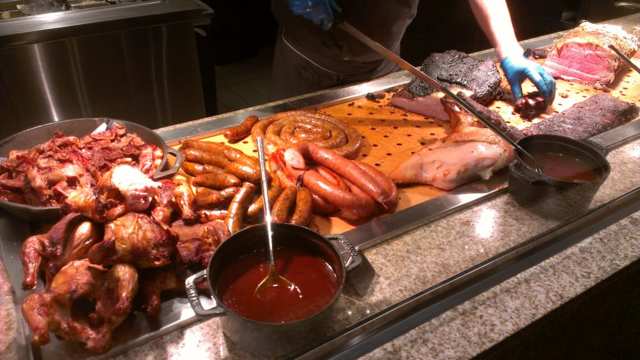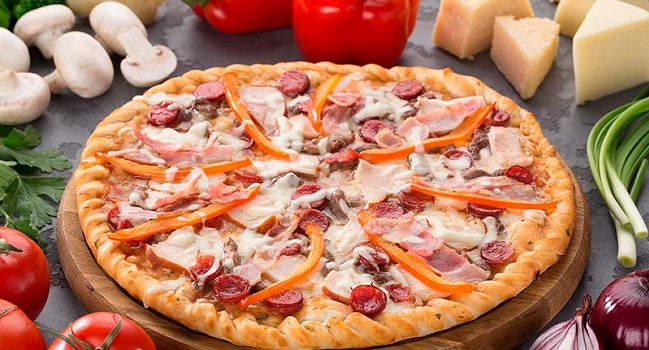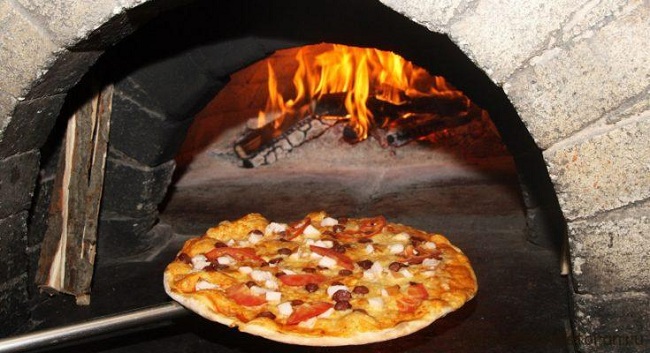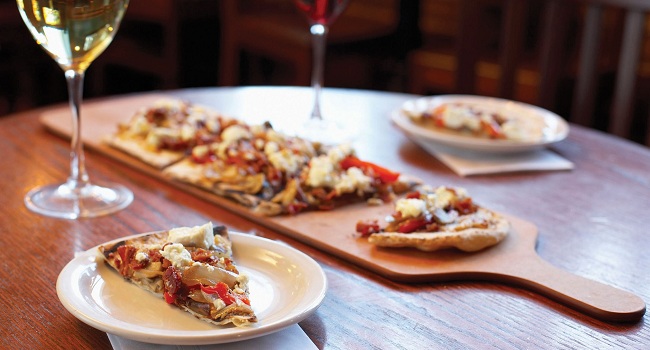The interior and atmosphere are different in each restaurant. Somewhere – sophisticated modern, but somewhere – simple rustic comfort. In short, choose! Following the dictates of your own taste, you will surely find a restaurant in Brussels that you love. Here are some tips.
Colonel
The Colonel restaurant is, first of all, real meat, which is cooked literally in front of your eyes, and only then an institution with a large assortment of so-called “colonial” dishes. Only here you can try a rack of lamb with pomegranate juice, and then smoothly switch to one of the desserts “from the chef”.
One of the features of the restaurant is the unusual serving of the dish. All deli meats are served in a large cast iron skillet, which is set on a wooden base. The interior design of the Colonel restaurant is based on a collaboration of several styles, dominated by modern hi-tech with traditional Flemish influences.

Address: Rue Jean Stas, 24, at the intersection with Rue Dejoncker.
Working hours: from 12.00 to 14.00 and from 19.00 to 22.00.
Aux paves de Bruxelles
The restaurant “Aux Armes de Bruxelles” opened its doors back in 1921 and since then a folk path has not overgrown to it for a day. The institution has long become for the townspeople and guests of the city truly dear and homely warm.
The Aux Armes de Bruxelles is designed as a royal hall for the reception of distinguished guests. Gilded chandeliers, bas-reliefs on the walls and ceilings, laconic flowing curtains – all this creates an inexplicable atmosphere of comfort that you want to enjoy indefinitely. Among the many dishes of Belgian cuisine, author’s mussels in white wine and beef stewed in beer deserve special attention.

Address: Rue du Marche aux Fromages 1/3.
Opening hours: from 12.15 to 14.15 and from 19.15 to 21.15.
Weekends: seven days a week.
Meet meat schuman
At Meet Meat Schuman, you will experience the culture of Argentinean steaks. Steak in Argentina has acquired the same national significance as in North America, but the recipe for its preparation has a special national flavor.
The institution enjoys well-deserved popularity. It is difficult to have lunch or dinner in it without prior ordering.
In addition to the grilled steak, you will be offered a wide variety of Argentinean and European cuisine. The meat is divine, the service is excellent.

Address: Rue Stevin, 124.
Opening hours: from 12.00 to 14.30 and from 19.00 to 22.00.
Days off: Saturday, Sunday.
Chumadia
This restaurant is very family-friendly and is expected and served as if you were having dinner with friends. The restaurant is warm, you have a direct view of Pietro’s cuisine and has a beautiful large covered terrace.
You have the opportunity to discover traditional Serbian meat dishes such as chachelik (beef and lamb on a spit) and chevaptichi (small sausages made from beef and lamb).

Address: Rue d’Ecosse, 32.
Opening hours: n / a.
Days off: Saturday, Sunday.
Brussels grill
This typical Brussels restaurant has an amazing meat menu. Visitors can choose from grilled chicken, beef and lamb.
Brussels Grill is like a fast food establishment. There is also a good selection of wines, a huge assortment of beer, which is famous for Brussels, Coca-Cola, juices.
Address: Avenue de la Toison d’Or, 7.
Opening hours: from 12.00 to 23.00.
Weekends: seven days a week.











